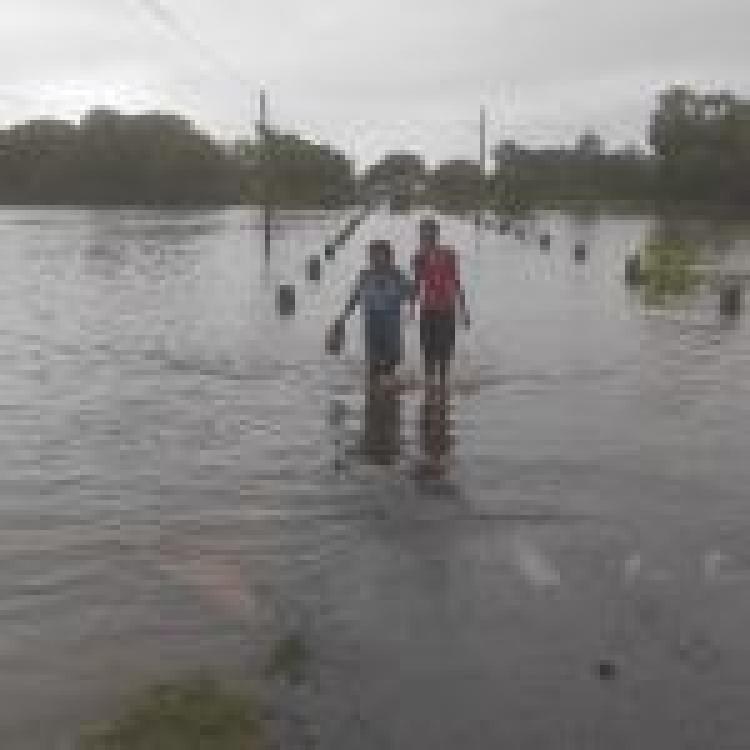
A new crisis is unfolding in the Tamil homeland, writes Amita Arudpragasam for Himal Southasian this month, as the climate emergency threatens to add to the decades of war and systemic discrimination the North-East has faced.
A new crisis is unfolding in the Tamil homeland, writes Amita Arudpragasam for Himal Southasian this month, as the climate emergency threatens to add to the decades of war and systemic discrimination the North-East has faced.
Many of the main political demands of Tamils revolve around land — strong notions of homeland, self-determination in the Northeast and opposition to military land-grabs, for example. Yet, very few within the Tamil polity discuss how the land itself is changing.
The Northern and Northwestern provinces are considered climate-hotspots and are impacted by sea-level rises, coastal inundation, salinization, extreme heat and extreme weather events. Although agriculture and fisheries are the most important industries in this area, there is very little activism around environmental protection or climate resilience. Shifts to land topography and climate have largely gone unnoticed. Most communities that will be directly impacted by climate change are from working class communities that have historically been marginalized from political discourse and decision-making in the Tamil polity.
Arudpragasam spoke to local officials, climate experts and politicians as she examined the impact the emergency was having on the Tamil homeland.
An excerpt has been reproduced below.
“It is in this soil that the identity of your race is deeply rooted,” Velupillai Prabhakaran, the head of the Liberation Tigers of Tamil Eelam (LTTE), said in 1998, addressing the Tamil diaspora.
He was referring to land in Sri Lanka’s North and East, from Kalpitiya on the island’s western shore to Trincomalee on the eastern one, that was the territory of the Jaffna Kingdom between the 14th and 17th centuries. It was for this soil, and the ability to govern it, that countless men and women would fight and die in a 26-year armed struggle between the Sri Lankan government and separatist Tamil forces. Sivagnanam Shritharan, the head of the Ilankai Tamil Arasu Kachchi (ITAK), a major Tamil nationalist party, told me, “Even after the war, we are struggling to regain our sovereignty and freedom.” While that crisis festers unresolved, another has arrived: the soil that Tamils defended with their lives, and in which their identity is supposedly rooted, faces a new and different type of threat.
“It is not climate change anymore,” Nadarajah Sriskandarajah, a professor at the Swedish University of Agricultural Sciences, told me. “It is a climate emergency.”
Read the full piece here on Himal Southasian.
_____
The reporting for this piece was supported by a grant from the Pulitzer Center
Photographs by Isaac Nico.

